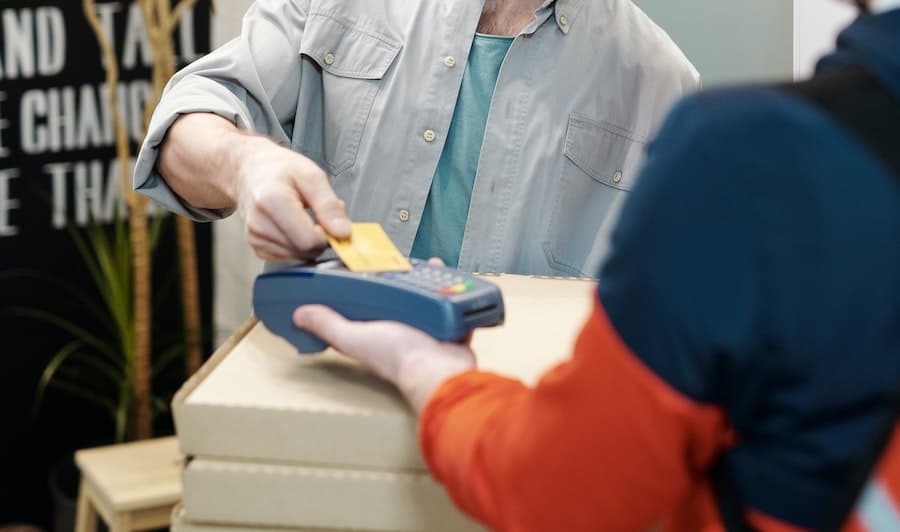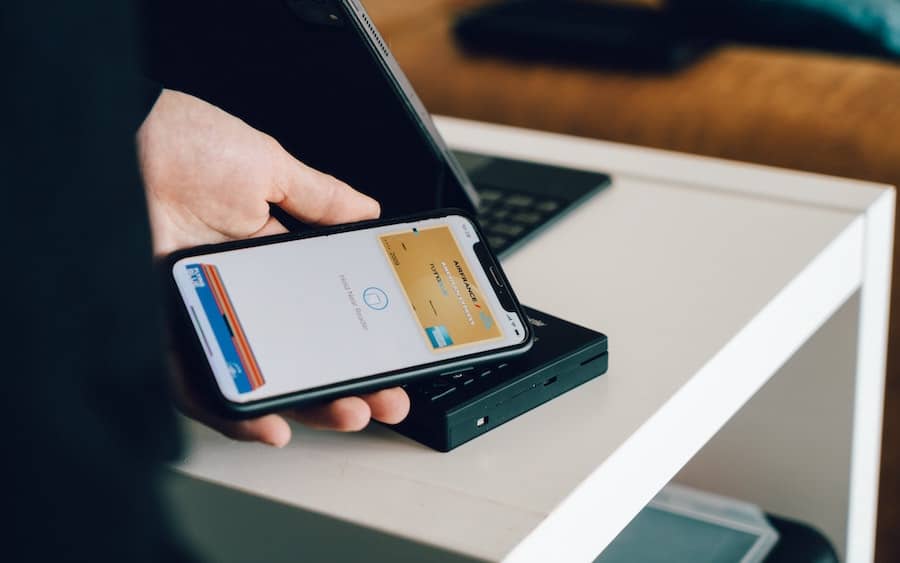Following the global pandemic, cash is out and cashless payments are in. We look at the top three reasons why a pandemic proves that you need to offer contactless payments.
by Mark Weatherford, Axia Payments
In the wake of the COVID-19 outbreak, more and more consumers are expecting to be able to pay for goods and experiences with contactless solutions. But why are contactless payments ideal for a post-pandemic world?
3 reasons why a pandemic proves you need to offer contactless payments
Reason 1: health and safety
 Prior to the coronavirus outbreak, could you imagine the news of banks needing to burn all of their money? Yet that’s exactly what the Bank of Korea did back in March in their efforts to stop the spread of the virus.
Prior to the coronavirus outbreak, could you imagine the news of banks needing to burn all of their money? Yet that’s exactly what the Bank of Korea did back in March in their efforts to stop the spread of the virus.
And credit cards aren’t much better. Credit card issuers have long been toting that cash is notoriously germ-ridden. But today, those same claims are being made of credit cards that must be swiped, inserted or passed over the counter.
Look inside your wallet – how many of your credit cards have the contactless payment indicator on the front or back of the card? Did you even know that was an option?
Because of these concerns, issuing banks have responded well to consumer demands for NFC (Near-Field-Communication) enabled card replacements. If you have any without contactless capabilities, contact your financial institution for a replacement, as many banks have made it easy for cardholders to apply for one online.
Reason 2: you’ll get left behind if you don’t
In 2018, Juniper Research predicted that by 2020, one-third of all transactions globally would be contactless. Initially, many industry professionals scoffed at this estimate. However, even prior to the pandemic touch-free payments had already been gaining wider acceptance.
At the start of 2019, one-in-every-four point of sale transactions that ran over the Visa network were contactless. At the start of 2020, it increased to one-in-every-three. There are almost 50 countries where contactless payments represent at least a third of all face-to-face transactions.
It should be noted that the global figures are distorted by the fact that the US market is lagging behind much of the world. If the US market is removed from the picture, the figures are even more impressive. In this case, contactless transactions account for more than half (54.5%) of all Visa face-to-face transactions.
The statistics also show that the world is becoming much more comfortable paying with their mobile phones. Mobile phone payments account for a substantial portion of contactless transactions, and it is fast growing. As of November 2019, 19% of all contactless transactions took place on a mobile phone. This figure rises to above a quarter in several countries. That’s a 13% increase from the previous year.
Fast forward to October 2020. According to a recent Mastercard survey, 79% of respondents worldwide say they are now using contactless payments, citing safety and cleanliness as key drivers.
Reason 3: consumers and employees expect it
So where does your business go from here? This question is looming, or it should be, for every museum, aquarium and theme park worldwide as they prepare to welcome visitors back.
My response to our US clients has been to prepare to accept payments in multiple ways. This is so that each customer feels comfortable and safe. A few consumers are still fine with established transactions. However, more and more are no longer comfortable with handing over a credit card, inserting it into a reader, having to touch a pin pad that others are using, or signing a receipt.
Productivity and efficiency also take a hit with the increased safety protocols that employees are being tasked with in order to maintain these transactions. Contactless payment methods, like tap-and-go cards, digital wallets or online prepay avoid all of that. This is because they allow consumers to pay without physically touching anything in a store. This increases the safety for both your consumer and employee.
According to the 2020 American Express Digital Payments Trendex, 84% of merchants believe contactless transactions are safer for personal health over using cash, swiping a card, or inserting a card.
No one knows what is going to happen next in 2020. But one thing is clear, both merchants and customers agree that contactless payments are here to stay.







